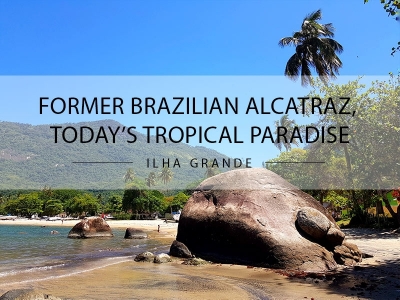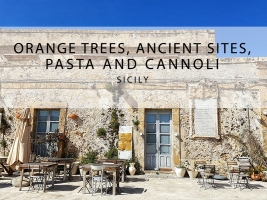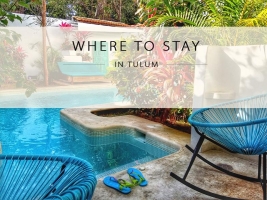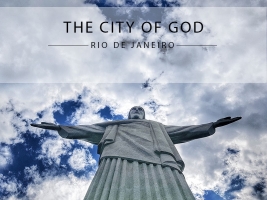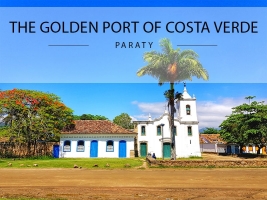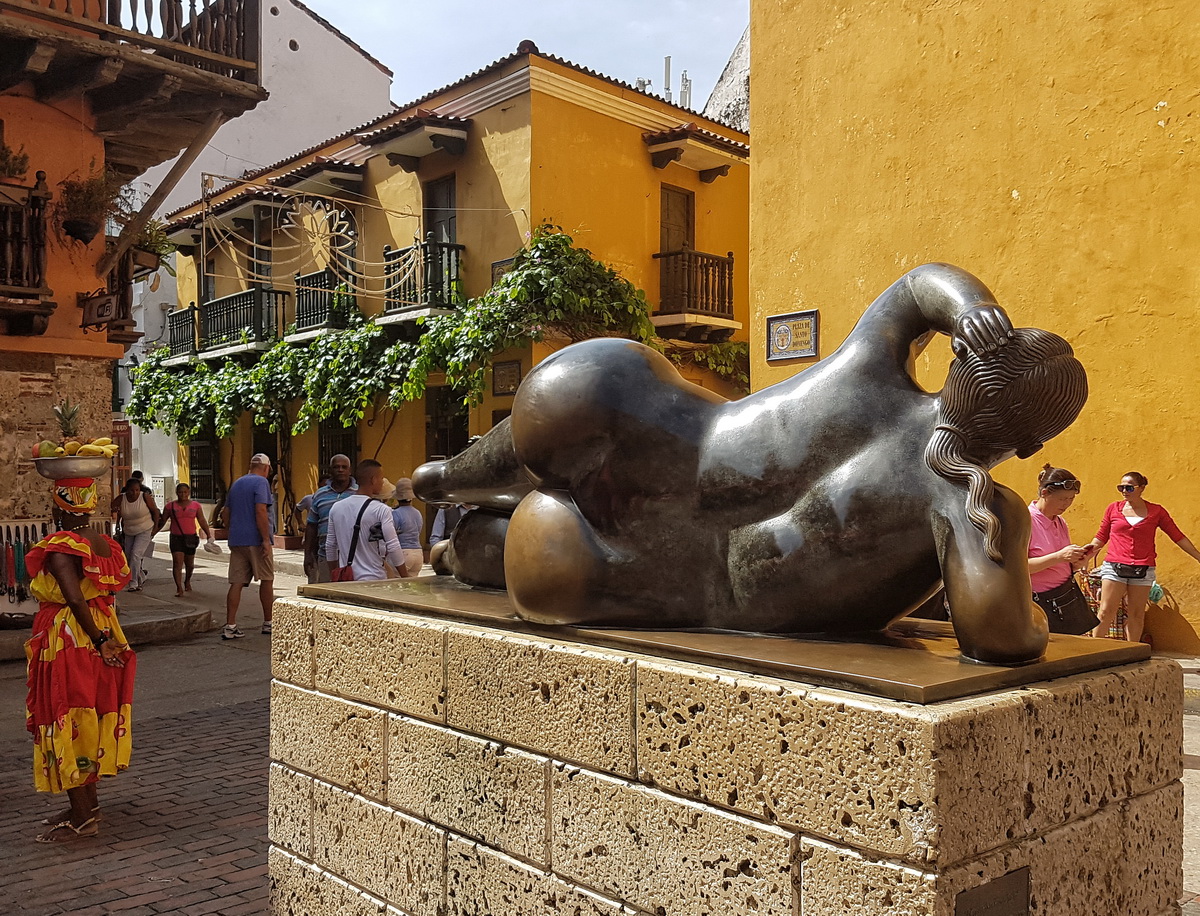
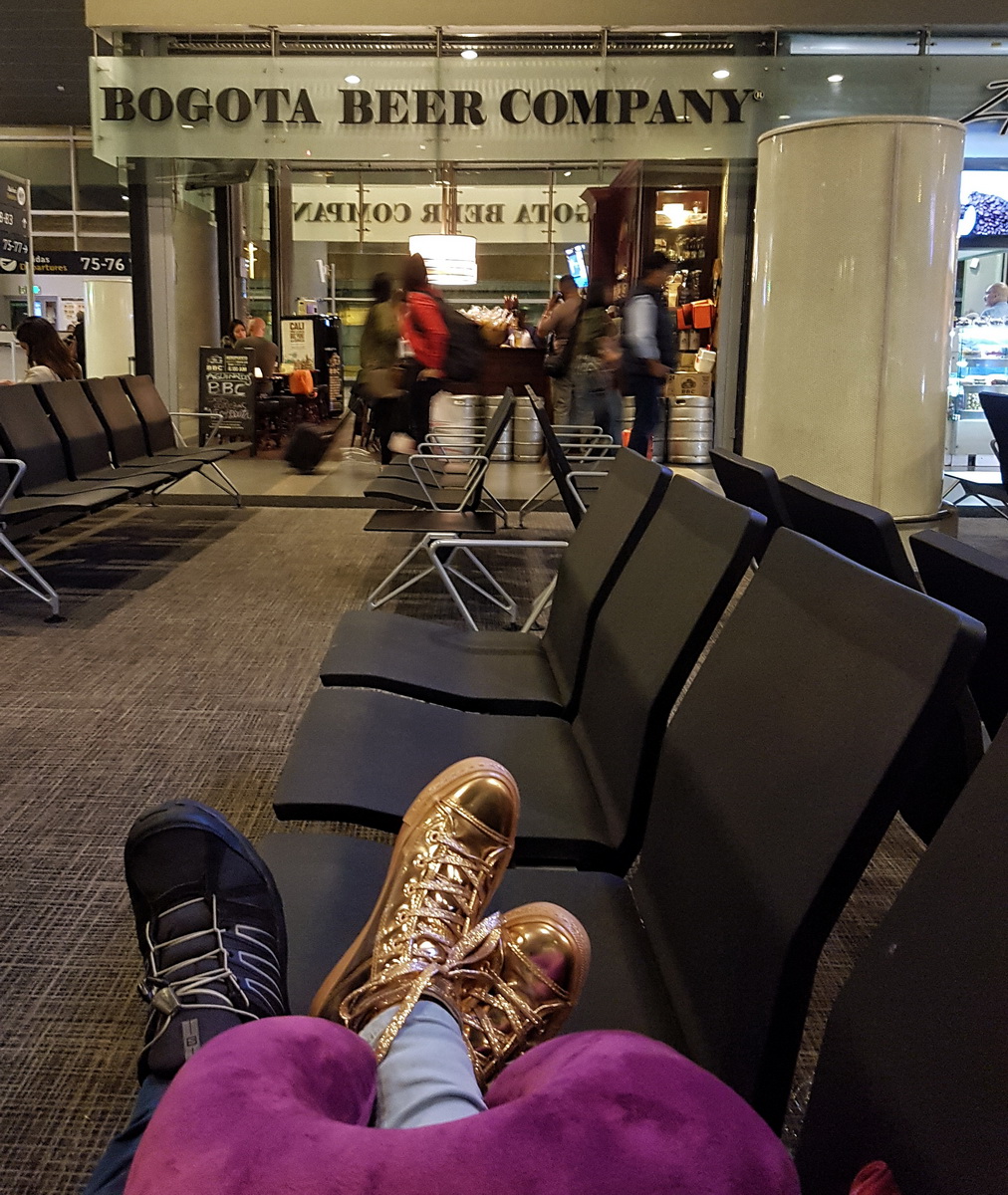
In this third largest Spanish-speaking country of nearly fifty million people, only three per cent of the entire population lives in the south-eastern jungle, which extends across more than a half of the whole territory.
As much as we wanted to explore the inland of Colombia it didn't turn out that way. In every country we visit, we want to feel their local customs and traditions, something that shows the country's real identity. I think the beaches in the Caribbean are very similar, but in Central Colombia the cultural variety is enormous, so it would be interesting to explore that too some day.
You can't help yourself but noticing the first thing about this colorful country:
the peachy shaped female's botties and their tan!
If you add some sun and sea on top of it,
everything seems to match.
Colombia is the bootylicious wonderland!
Colombia is a multi-ethnic and diverse country. The predominant ethnic group in the region was called Pardo, which means a mixture of the indigenous peoples (the most populous indigenous ethnic group Wayuu is settled in the Guajira Peninsula), white people of European descent (mostly Spanish) and Afro-Colombian. Most of the black population is concentrated in the town of San Basilio de Palenque, which is under protection of UNESCO for preserving the African heritage.
There are five eco-regions within Colombia:
Amazon: Most of the Amazon region is covered with jungle. It is the region, where you can still find the most concentrated tribal people.
Orinoco: It lies on the other side of the Andes. Farm and ranch lands of the country cover the most of this region, where you can visit Caño Cristales - The River of Five Colors or The Rainbow River, but there is a tiny obstacle: only one cargo plane can be arranged, that drops you off over there, so maybe logistically it is a bit harder to reach this amazing place.
Andes: Here lives the majority of the population, since three of the largest Colombian cities are situated in this region: Bogotá, Medellin and Cali. Here you can find high snow-capped peaks and volcanoes. In the Andes you can visit the majority of coffee plantations and the tallest wax palm trees in the world (Valle de Cocora). This region is the richest with rare stones and the largest minerals, such as emeralds, the symbols of hope. It is no wonder, that Colombia provides up to 90 per cent of the entire world's market and that makes it the world's largest producer of emeralds. Be sure to get one; I got mine by an awkward coincidence, which I will explain later in Cartagena blog post in the story of a private boat, that never showed up ...
Pacific: This region is the most wet area in the whole country. Most of the population here has Afro-Colombian roots.
Caribbean: Somehow my 'partner in crime' and I managed to get sick during our Colombia exploring, so the Caribbean part was the only region we visited. Of all the regions this one is the most popular as far as tourism is in question. People here have kind of a party, vibrant culture. Since Colombia is the world's larger producer of emeralds, it is not unusual to look up the chain of shops and jewelleries within The Historical Part of Cartagena in its most energetic quarters. If you want to see the oldest remaining city of South America, it is here – in Colombia and its name is Santa Marta. The main river in the Caribbean region is called Magdalena. Don't forget about Tayrona National Park, where you can sweat and swim at the same time ...
Pros/Cons of The Caribbean Part of Colombia ...
Pros:
- The weather - High temperatures throughout the whole year, approximately 27 degrees Celsius (the rainy season is from October to November). The more you go east towards Venezuela, the climate becomes drier.
- Lower gas prices (compared to European prices).
- You can park a vehicle for free almost everywhere. Elsewhere, where we had to pay for parking, the prices were favorable.
- Reasonable prices for taxi fares and many of taxi services (if you don't have a car or don't want to use public transportation).
- We felt safe, probably due to the fact that there are a lot of police and army around; they didn't stop us once with our rent-a-car though, so I got the feeling that they were more observing than checking the drivers/tourists or maybe we just had luck.
Cons:
- Garbage lays strewn about everywhere
- Many of the roads are under construction, others are in very bad shape.
- Traffic - Chaotic driving regime, no traffic rules, lack of road signs, too much honking. We experienced driving through the cities several times a day and you can’t help but noticing the chaos on the road, where you can meet practically everything and everyone, from stray dogs, street vendors, parents with small children, passing the street, while cars, bicycles, motorbikes, some kind of rickshaws and buses drive through.
- Local buses are overcrowded.
- Some (not all) annoying street vendors (hats, drinks, emeralds, Cuban cigars, cerveza - especially Aguila …)... I liked those with the fresh fruits though.
Why I would like to revisit Colombia / Sites we missed …
Many times after I already return home from my traveling destinations, I take time to check on the net for the places that might be seen, but I didn’t see them, mostly because I was too lazy to check it out before the trip. Does anyone else blame him/herself for making the same mistake? Well, here goes the list of some sites we missed and that I want to see some day …
1. The balconies of Salamina / The Night of Fire Festival
I chose this spot, because I am eager to visit it in the future and I am not talking about Bogotá, Cali or Medellín; I am talking about those hidden treasures in the inland, where a tourist’s foot rarely touches the soil … Most tourists pick Salento as their coffee town destination, but in my opinion Salamina (which is an UNESCO World Heritage Site) is also a ‘must see’ spot. It is only 2 hour-drive away from Manizales. The flower-filled balconies and tiled roofs of the authentic town Salamina, which is situated on top of the hill in the coffee region, attract the visitors every year, especially in the beginning of December. I still cannot forgive myself for not knowing, that we were there at the right time and didn’t go. In this period of time there is a very popular event going on: The Night of Fire. Even though it is a big festival in Colombia it is a completely unknown tourist destination, so it quickly got its name as the ‘Unknown jewel of the coffee triangle’. This holiday is celebrated in honour of the Virgin of The Immaculate Conception, patroness of this town and it is closely related with Christmas euphoria. It would be interesting to see the reigned competition law for the best lighting within inhabitants, which turns into a colorful chain of lanterns during this festive spectacle. As I checked, there are some 'fincas’ and beautiful boutique hotels if you want to sleep over in Salamina. One of them, that is highly recommended, is Casa de Lola Garcia and it is ranked with five – on a scale from one to five - on Trip Advisor. In case you have a desire to combine your trip with a visit of a coffee plantation, you can stop in Caldas town, which is not far from Salamina.
2. La Cocora / World’s tallest palm trees
My friends, who were there two years ago, were absolutely amazed by this visit and told me that the landscape looked almost surreal. Cocora was supposed to be the name of a Quimbayan princess, daughter of the local chief Acaime and it means ‘star of water’. La Cocora is located in The Andes region.
3. Aracataca
Aracataca is the birthplace of the Colombian writer Gabriel García Márquez, also known as Gabo. The municipality of Aracataca is about 80 km south from Santa Marta and it is situated in the Department of Magdalena.
4. Guajira desert
Further east towards Venezuela it is situated the city of Riohacha, which is known for the Flamencos Nature Sanctuary and even more to the east it is located The Guajira Peninsula with beautiful Guajira Desert and Cabo de La Vela.
5. Ciudad Perdida (The Lost City)
The Lost City is located in the Sierra Nevada and it is a place, where you can get the best wilderness exploration. You can go trekking (3-4 days) through the jungle with many waterfalls and learn about ancient Tayrona Culture …
6. Guatapé
Colombians know how to draw attention - another colorful town, which I would surely adore. As seen from the photos as I was doing some instagram stalking, the buildings have tiles and images along the facade. Most of the tiles are related to the products sold in the shops or to the community's farming heritage.
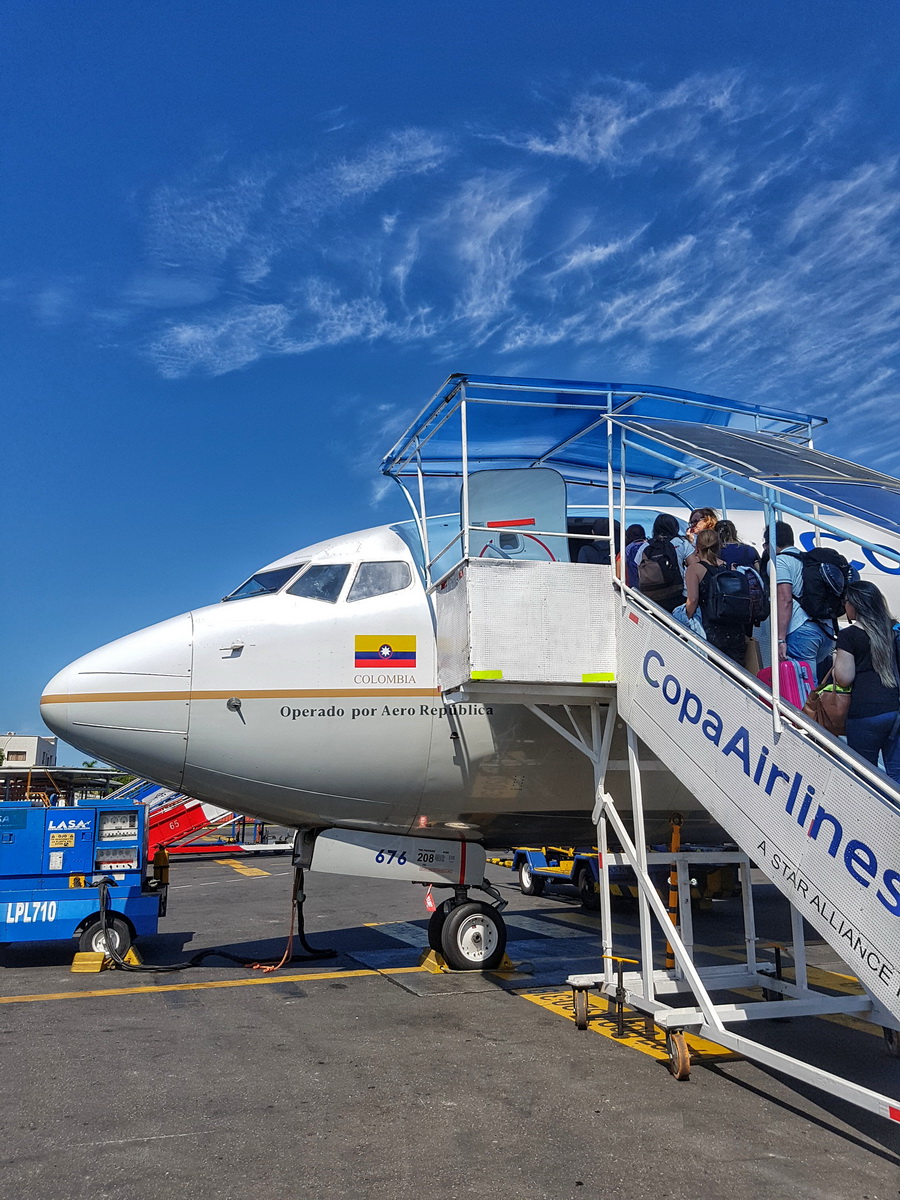
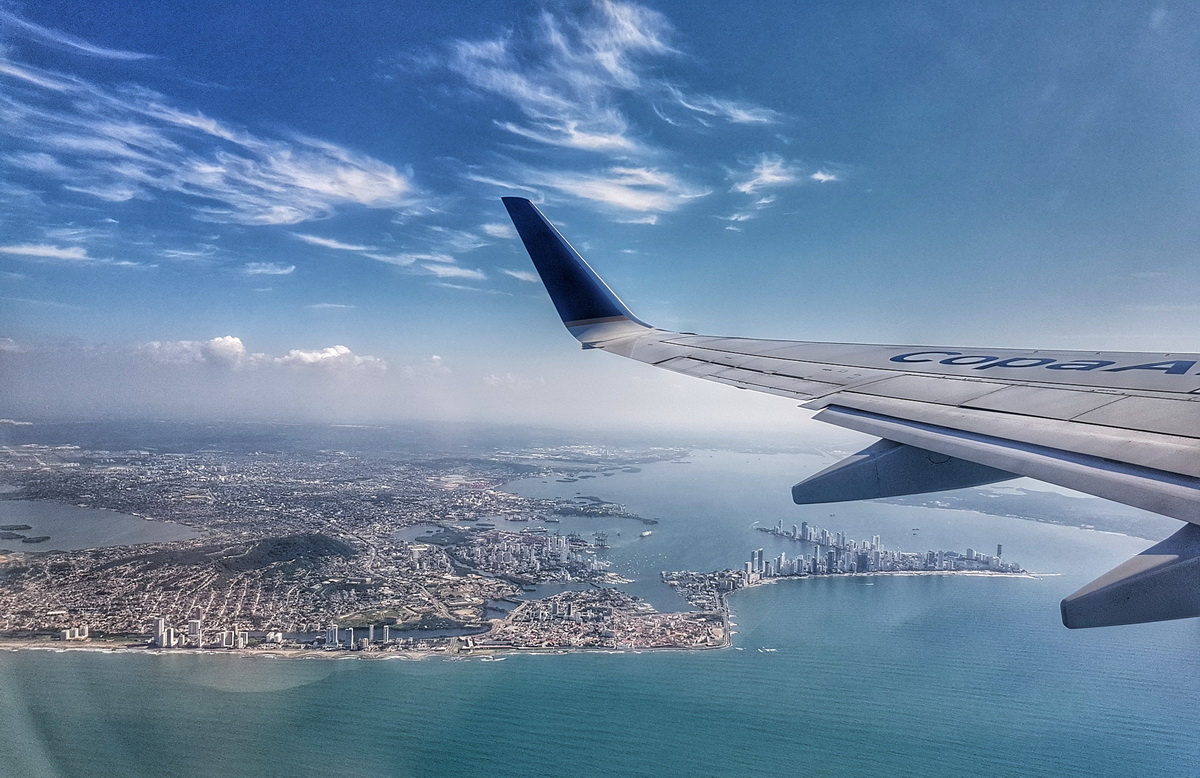
Cartagena from the air (in the middle: The Old Town, on the right: Boca Grande)

